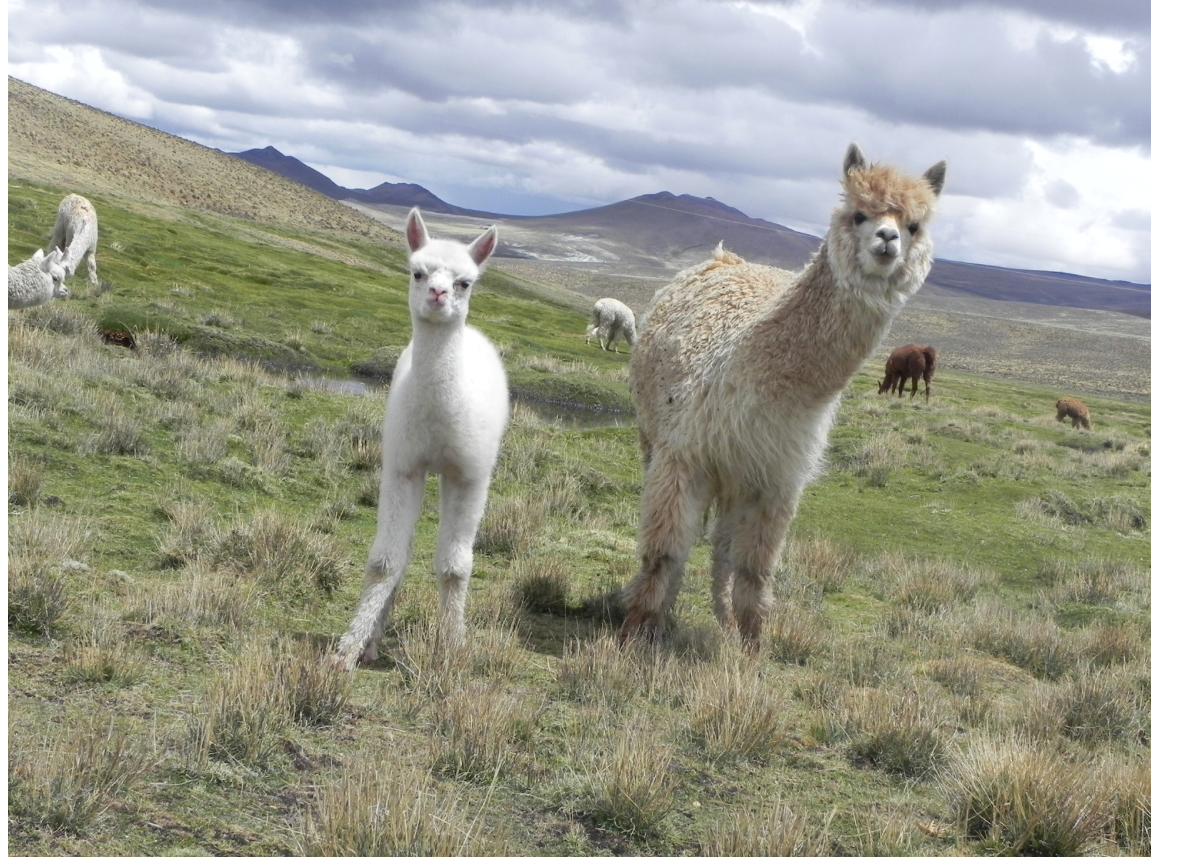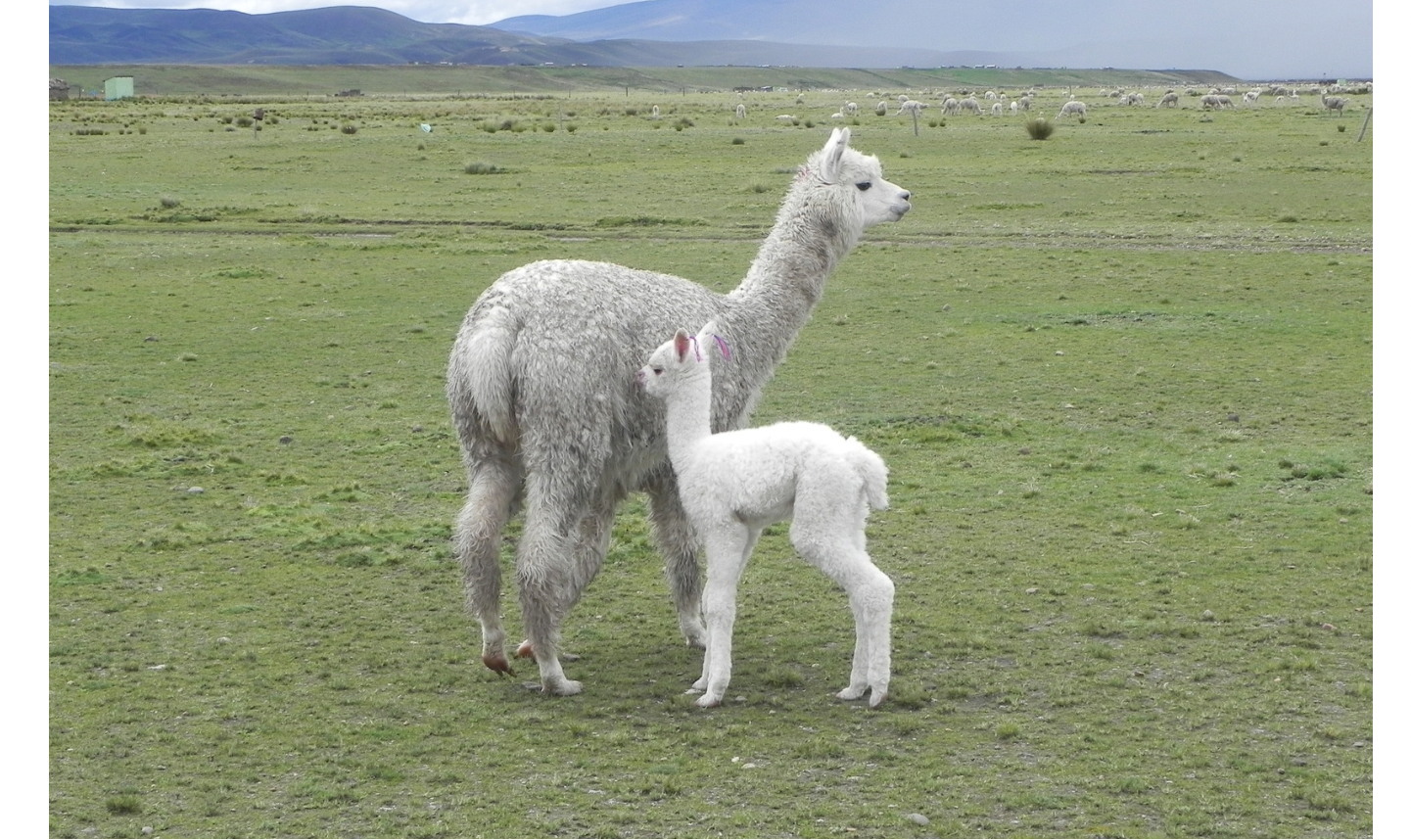Alpacas Reproduction
Welcome to the alpaca breeding season, which is a crucial time for their reproductive cycle. Male alpacas are sexually active and fertile between 18 months and three years of age, while female alpacas reach sexual maturity between 12 and 18 months.
The gestation period of an alpaca is approximately 11 and a half months, and they generally give birth to a single offspring, although rare cases of twins can sometimes occur.
Induced Ovulation
Controlled breeding involves selecting high-quality males and females and mating them under the supervision of the breeder. This helps improve the genetics of the offspring.
In our beloved world of alpacas, females do not follow a spontaneous ovulation cycle like humans and other mammals. In alpacas, ovulation is induced by copulation and the presence of the male's seminal fluid. Ovulation generally occurs between 24 and 30 hours after mating
The Magic of Alpaca Mothers' Colostrum
The birthing of the crias takes place during the months of December, January, February, and March, during the rainy season when pastures are better. It is important to take special care before, during, and after birthing to prevent major causes of crias loss, such as birthing difficulties, rejection of the cria by the mother, and failure to receive colostrum.
Colostrum is a magical substance produced by alpaca mothers during the first few days after giving birth. It is a highly nutritious and vital fluid that provides numerous benefits to their newborn crias.
Colostrum is rich in antibodies, which are essential for building the cria's immune system and protecting it against infections and diseases. These antibodies are passed from the mother to the cria through colostrum, providing passive immunity until the cria's own immune system becomes fully functional.
Indeed, alpaca crias are remarkably active shortly after birth.
Newborn crias weigh about seven kilograms at birth and are already covered with a few centimeters of wool.
Despite their small size, they possess a remarkable level of energy and curiosity. Within hours of being born, they are already up on their feet, exploring their surroundings, and attempting to nurse from their mother.
Their natural instincts drive them to move and interact with their environment. They may be seen running and playing, testing their coordination and strength. This early activity is crucial for their development, as it helps strengthen their muscles, improves their balance, and enhances their overall coordination.
The energetic nature of alpaca crias also serves as a way for them to bond with their mother and the rest of the herd. They learn social skills and develop their communication abilities by interacting with other alpacas from an early age.
It is fascinating to observe the liveliness and vigor displayed by alpaca crias, as it showcases their natural vitality and zest for life.They are capable of running and feeding from their mother for about six months
Umbilical Disinfection in Alpacas
It is necessary to disinfect the cria's umbilical cord immediately after birth to prevent bacterial infections that can lead to illness and death.
The piece of umbilical cord should be completely immersed in a 7% iodine solution for a sufficient amount of time for proper disinfection.







